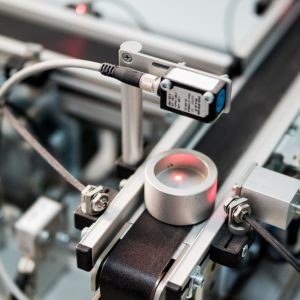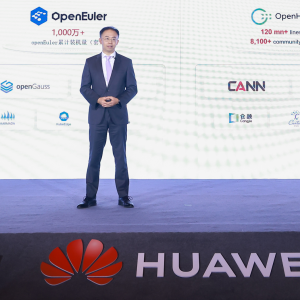Tandem Computers Inc’s Ungermann-Bass local area networking hardware subsidiary, which has its UK base in Maidenhead, Berkshire, has supple-mented its existing range of networking products with offerings designed to meet what it sees as the needs of customers into the 1990s: within Ungermann-Bass’ stated commitment to total enterprise networking, such as the 30,000 on-line user network installed at Pacific Bell, a range of software and hardware products has been introduced to provide integration between networks, such as Novell’s NetWare, already operating in individual departments; to incorporate support for the Apple Computer Inc Macintosh into the Access/One software released 18 months ago; and to integrate local and wide area networks applications within Access/One. Ungermann-Bass also claims a new set of tools for the Net/One network management system increase control of the network and security. The new Access/One product, the ASE 3000, is at the centre of these new developments: as a five-slot structured wiring enclosure UKP2,000 for a small enclosure, UKP4,200 for a large – the ASE-3000 supports asynchronous and IBM 3270 terminals, and Ethernet, Token Ring and Apple LocalTalk configurations. A series of ASE-3000s, and the 11-slot ASE-7000 variant, can then be linked through a wide area backbone at speeds of up to 2.5Mbps. Ungermann-Bass stresses that Access/One enables each enclosure to be adapted for various local user environments.
Up to 16 Macs
Macintosh computers and other LocalTalk devices – up to 16 of them, or 16 daisy-chained networks – can be integrated into Ethernet, Token Ring, Fibre Distributed Data Interface or broadband networks through the Access/One-based MaxTalk interface module on unshielded twisted pair wiring. Supporting AppleTalk and TCP/IP protocols, MaxTalk enables individual devices to be star-configured so that each has its own dedicated transmission line operating at 230Kbps, giving around two-thirds of the performance of Ethernet, claims Ungermann-Bass, but at a significant cost reduction. Eight new protocol-independent data link bridges have also been announced, which provide access between any combination of Ethernet, broadband, Fibre Distributed Data Interface and Token Ring networks; the Fibre Distributed Data Interface bridges can then be linked to a 100Mbps fibre optic backbone – the medium that Ungermann-Bass believes will dominate in the next 10 years. Network control is claimed to be improved by new network management products, such as the Net/One Network Management System, which provides automatic fault isolation and recovery, and uses a number of tools to measure traffic loads, monitor and record events, trace audit trails and decipher network packets. The A/O manager controls the systems enclosures installed over the network, diagnosing and modifying modules within the enclosures – support is provided for communications modules based on Ethernet, Token Ring, asynchronous, 3270 and MaxTalk, as well as various bridge modules. Overall, Ungermann-Bass is targetting the TCP/IP protocol that predominates in Japan and North America, but it accepts that emerging Open Systems Interconnection standards may mean that changes will have to be made in the mid-term future; but according to the company, two-thirds of whose resources now go back into software development, these changes will only have to be made on the software side, which will make adaptation easier.






